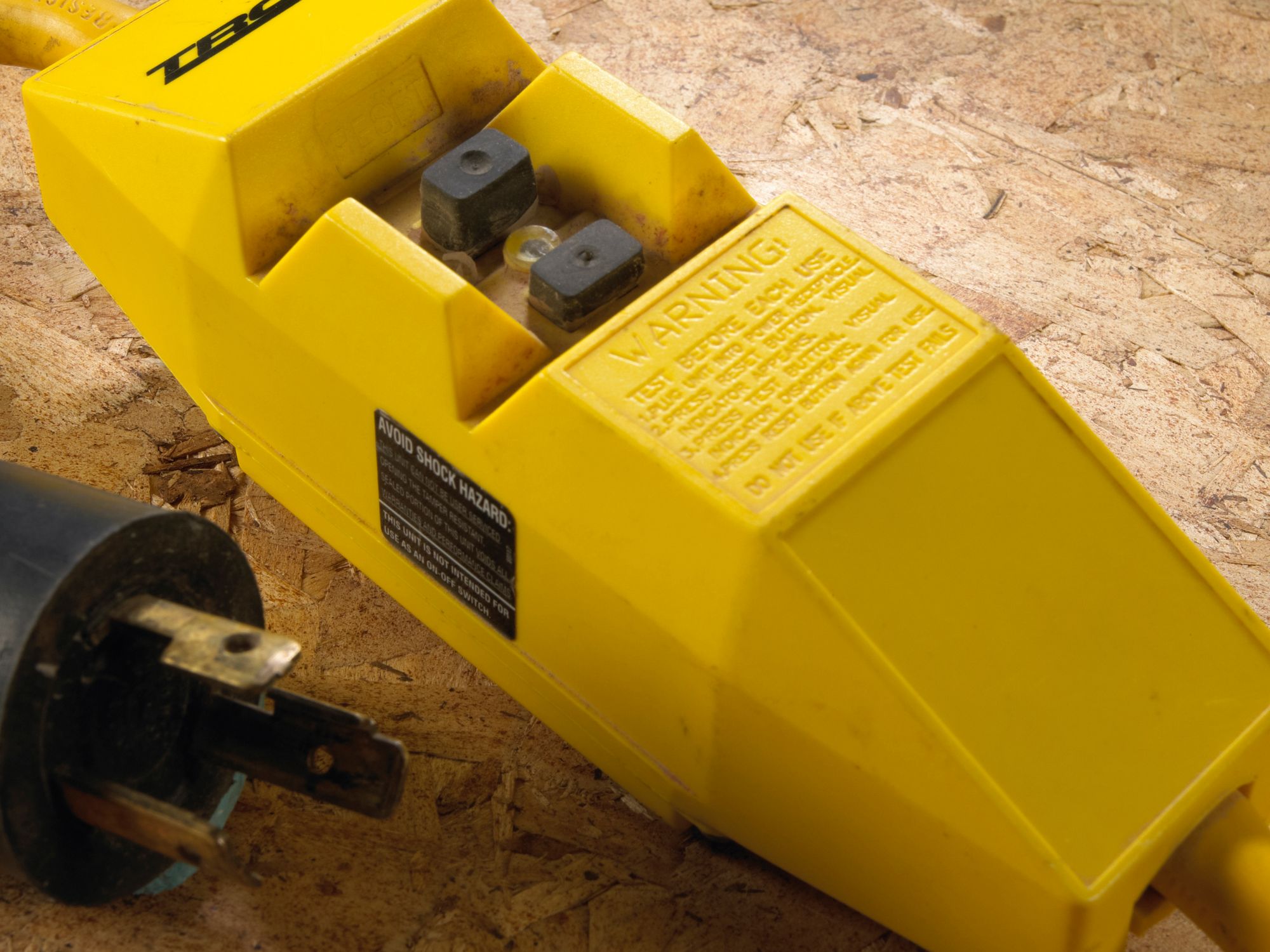What types of electrical equipment must be used?

- Electrical equipment should be free from recognized hazards and suitable for installation — listed and labeled, for example, with an Underwriters Laboratories (UL) certification.
- Electrical equipment must be installed and used according to manufacturers’ instructions.
When looking for electrical equipment, employers should make sure that it is listed and labeled by a nationally recognized testing laboratory (NRTL) and that it is installed as the manufacturer intended. In addition, the equipment must be marked with the manufacturer’s name or trademark, voltage, current, wattage, and other necessary information.
NRTLs are third-party, private sector organizations recognized by the Occupational Safety and Health Administration (OSHA) as having the technical capability to perform safety testing and certification of particular types of products. NRTLs provide testing and certification services to the manufacturers of a wide range of products used in the workplace.
Employers may expose workers to serious hazards when they use a non-approved (e.g., job-built), counterfeit, improperly approved, or modified products instead of an NRTL-approved product as required by an OSHA standard. NRTL approval ensures that a product meets applicable test-standard requirements and will operate safely in the workplace.
For example, NRTL approval ensures that an electric product will operate at its rated voltage, current and power, and will not exceed limits that pose hazards to workers. These hazards include electric shock, arc flash, blast events, electrocution, equipment shorts, explosions, burns, fires, toxic atmospheres generated by burning and decomposing insulation and other materials associated with electrical fires, and wiring and component failures.
One example of the relationship between OSHA standards, NRTLs and suitable electrical equipment can be found in an OSHA Letter of Interpretation (LOI) dated November 18, 2002. This LOI discusses the use of power strips (also known as surge/spike protectors or portable outlets), features of which typically include multiple electrical receptables, an on/off switch, circuit breaker, and a grounded flexible power cord. The LOI notes that one NRTL, Underwriters Laboratories (UL), refers to such devices as relocatable power taps (RPTs).
OSHA’s standard requires electrical equipment such as RPTs to “be installed and used in accordance with any instructions included in the listing or labeling,” and notes that manufacturers and NRTLs determine the proper uses for such equipment. For example, UL requires that any UL-listed RPTs must be directly connected to permanently installed branch circuit receptables, must not be series-connected to other RPTs, and must not be connected to extension cords.
The LOI further discusses the correct use of RPTs in regard to power loads, noting that per OSHA standards, such devices are appropriate to be used with low-powered load equipment like computers, peripherals, or audio-visual equipment, but not suitable for high-powered loads such as refrigerators and microwaves. It also discusses proper handling of the RPT’s flexible power cord, which is not to be routed through walls, windows, ceilings, floors, or similar openings, in accordance with 1910.305(g)(1).
